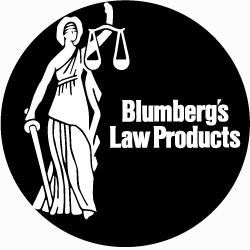
The usual rental period for a home is a year or more. Sometimes, however, owners choose to rent their home for shorter periods. In these instances, regular leases are inadequate. The owner is best served by a lease that specifies the term and conditions peculiar to short-term rental periods.
One of the most common types of short term lease is one used for vacation rentals. The language of such leases addresses the particular needs of vacationers but also protects the interests and property of the owner. The majority of vacation rentals fall into one of two categories – weekly rentals and seasonal rentals.
The weekly rental (Blumberg Form 315 NY or 3315 Nationwide) addresses the short-term needs of the renter who wishes to lease the premises by the week: either one week or a multiple of weeks. These rentals generally offer furnished premises. Existing utilities are billed to the owner but may be subsequently billed or charged to the renter as an amount apart from the rental fee. Leases for weekly rentals tend to be more specific about the activities permitted and restrictions placed upon the renters than regular (yearly) leases.
A seasonal lease (Blumberg Form 313 NY or 3313 Nationwide) is another type of short term lease. While it covers a longer duration than a weekly lease, many of its terms and restrictions are similar. Seasonal leases generally cover periods of two or three months or more. While the premises of seasonal rentals are often furnished, utilities and other services (such as cable, satellite, internet or cleaning services) may or may not be included.
Since the wear and tear on premises of short term rentals are generally greater than that of long term rentals, it is usually beneficial for the owner to use forms which clearly spell out restrictions on renters’ activities and penalties for violations. Such clarity is also, in the long run, helpful for the renter.
Review all our Landlord and Tenant Leases
